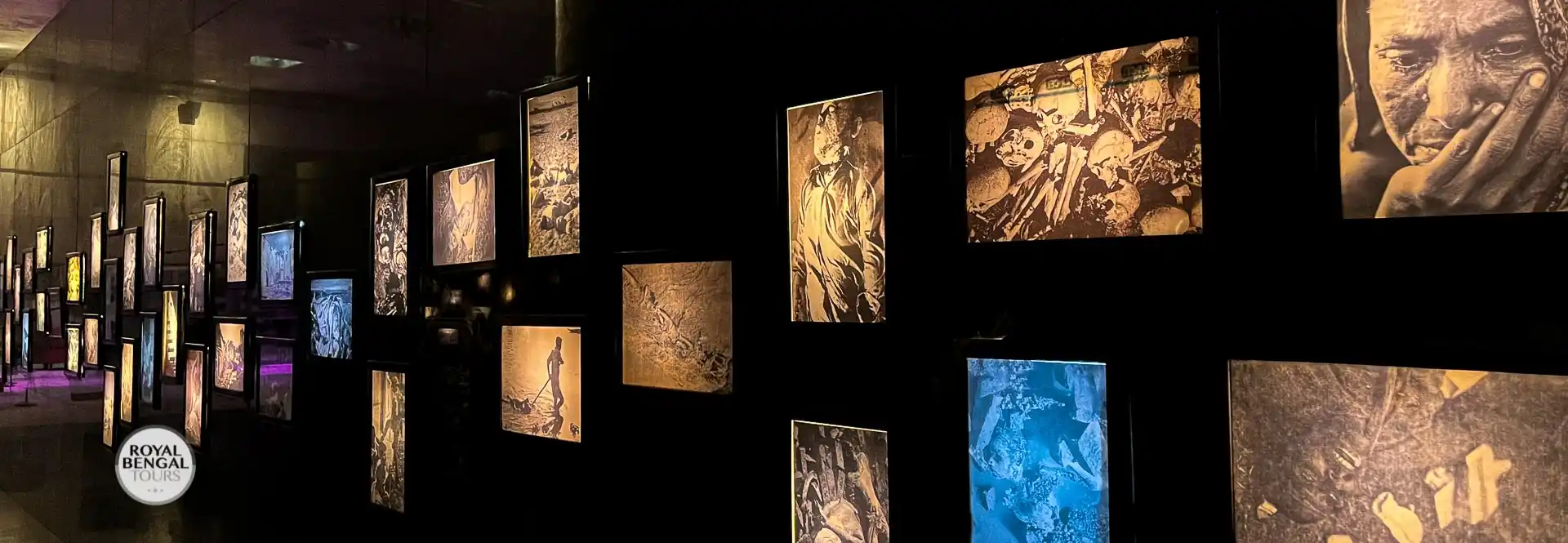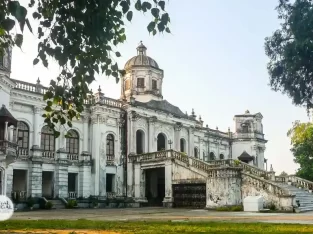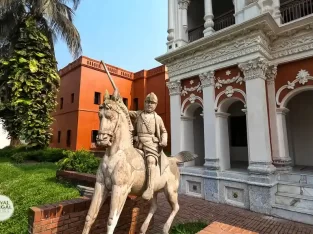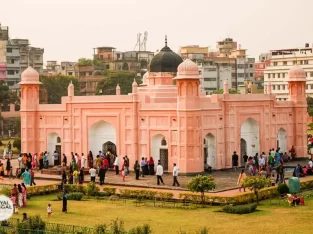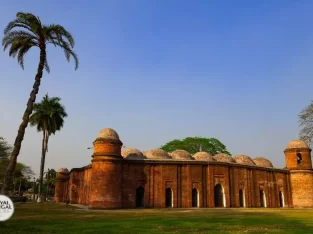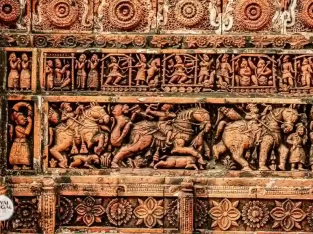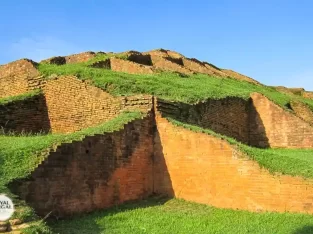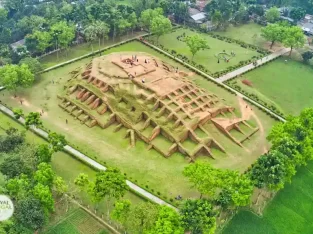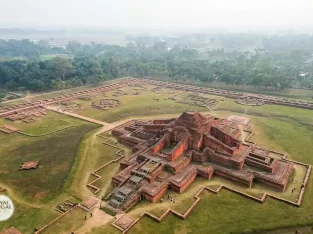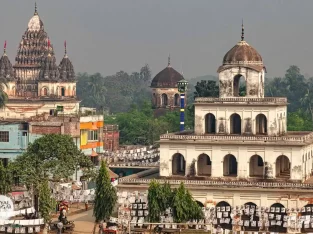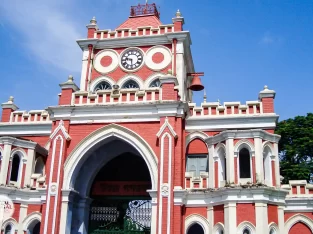Sonargaon Folk Art and Craft Museum is one of the best places to learn about Bengal’s rich cultural heritage. The museum is in Sonargaon about 30km outside of Dhaka to the east by the Dhaka-Chittagong highway. This place was the capital of Bengal from the 13th to the 17th century. SFACM shows folk art and crafts from different times and parts of the country, such as pottery, metalwork, textiles, woodwork, toys, bamboo work, masks, musical instruments, and much more.
Sonargaon Folk Art and Craft Museum was founded by the Bangladesh National Museum in 1975 and is spread over 150 acres of land area. It consists of several buildings and structures that reflect the architectural styles of different communities and periods.
Some other notable attractions of this area:
The Main Museum Building:
It is comprised of multiple buildings and structures that reflect the architectural designs of various communities and time periods. Some of the most interesting things are: The main building of the museum: This building has two floors and a permanent folk art and craft display. In addition, the museum includes a library, a conservation laboratory, and an auditorium.
The Open-Air Museum:
This outdoor area features a collection of traditional houses, shops, workshops, artists’ studios, and other structures relocated from different regions of Bangladesh. Here you can feel and get a very good idea of the rural art and culture of Bangladesh.
Panam Nagar is an old town that used to be a thriving business hub in the 19th century. It has about 52 houses that have been well taken care of and have European-style designs in terracotta. It is now an archaeological site that is protected and a famous place for tourists to visit.
One of the earliest mosques in Bangladesh, the Goaldi Mosque dates back to 1519. It is made of bricks and has one dome and four towers on the corners. It is in a town called Goaldi, which is about 3 km away from the museum.- The Folk Art and Craft Foundation is a non-profit organization that works to promote and keep Bangladesh’s folk art and craft practices alive. It organizes seminars, exhibitions, festivals, and educational programs for visitors and artisans. There is a souvenir store where you can purchase handcrafted items.

